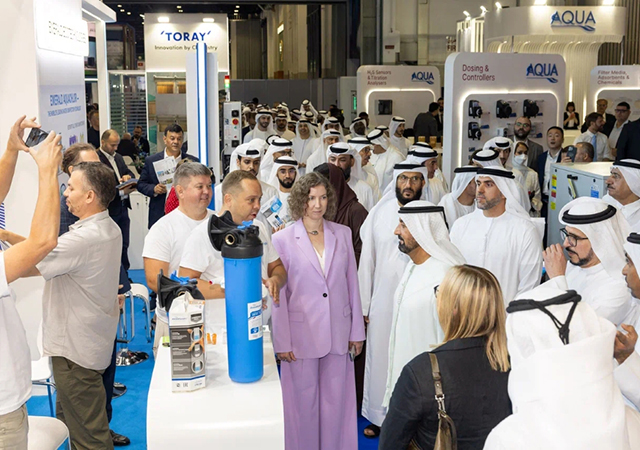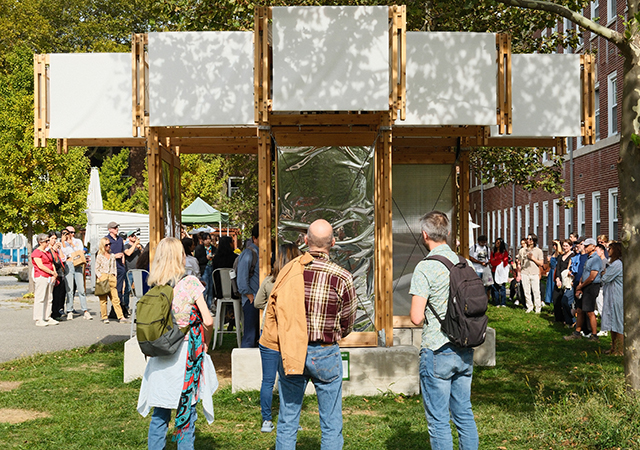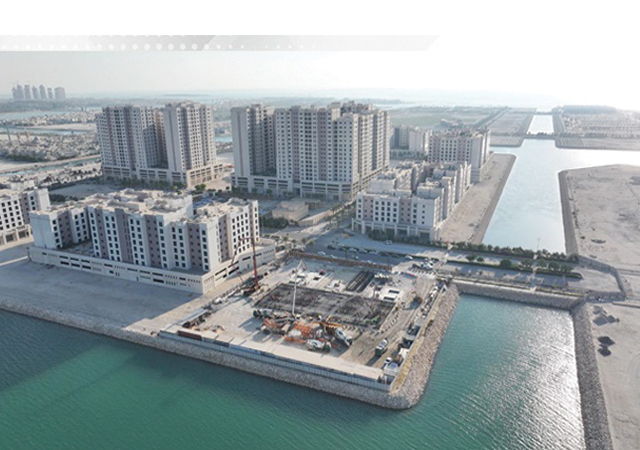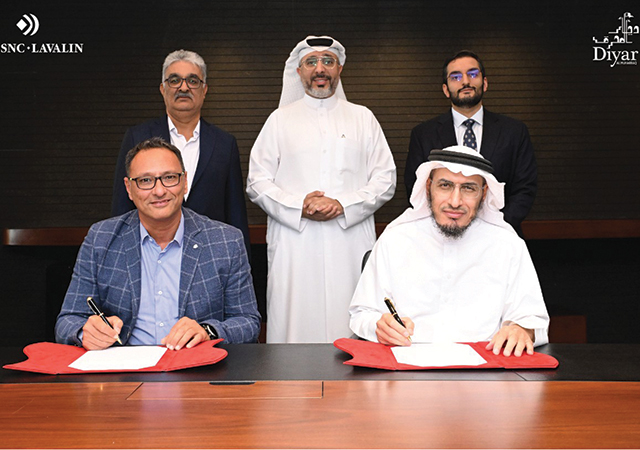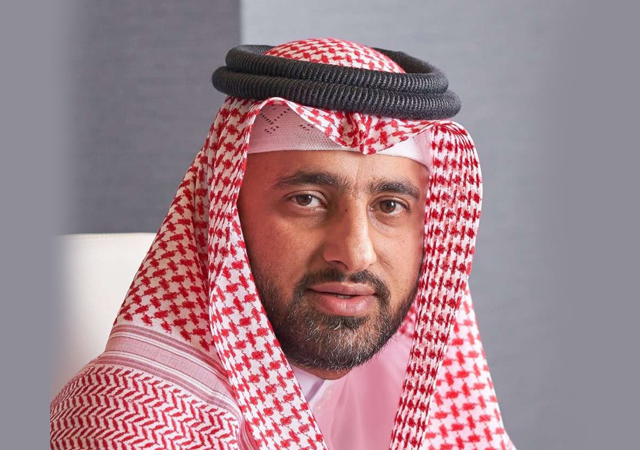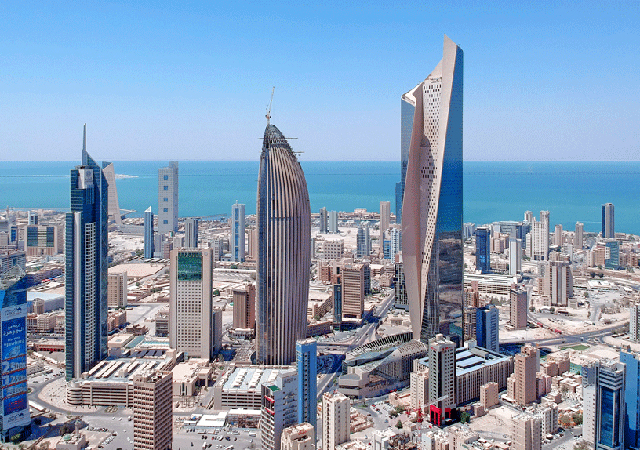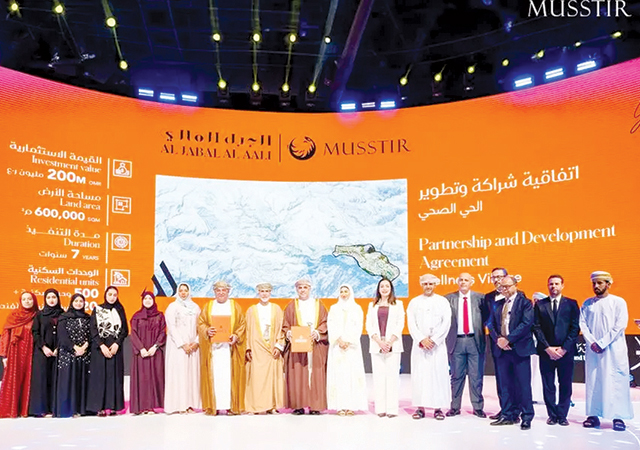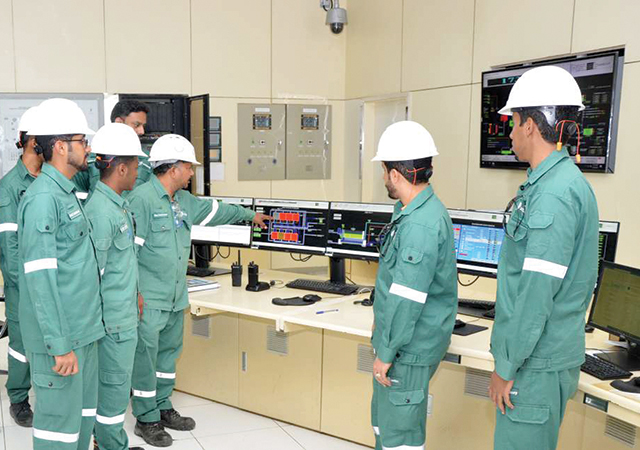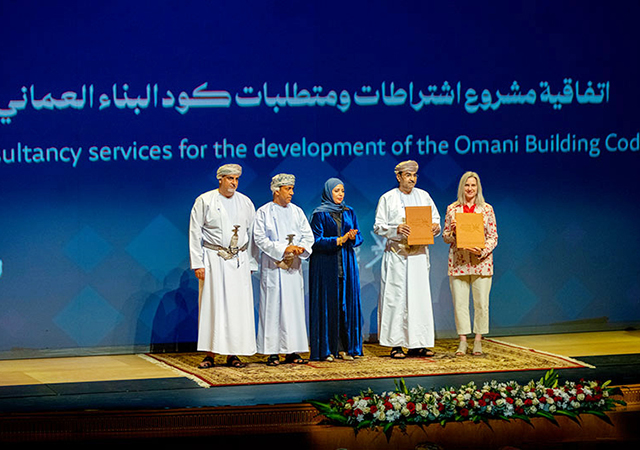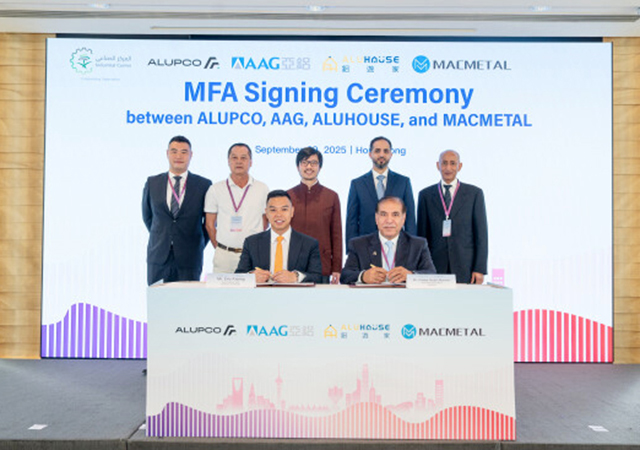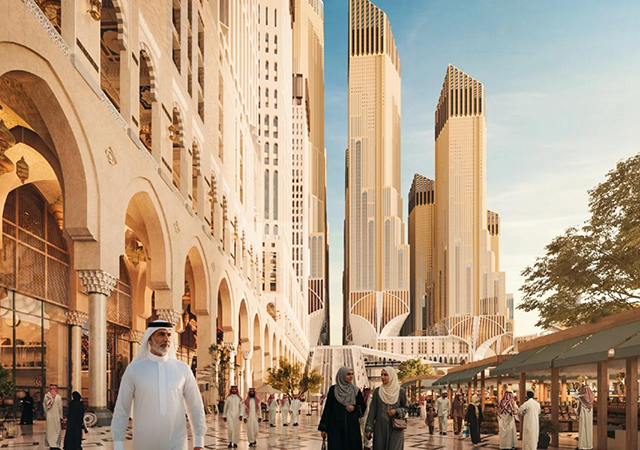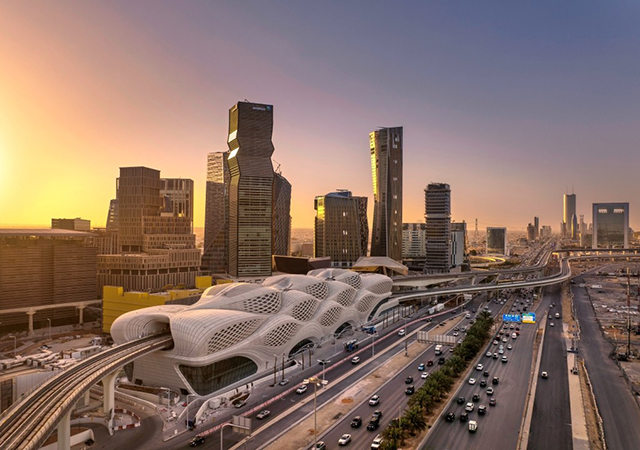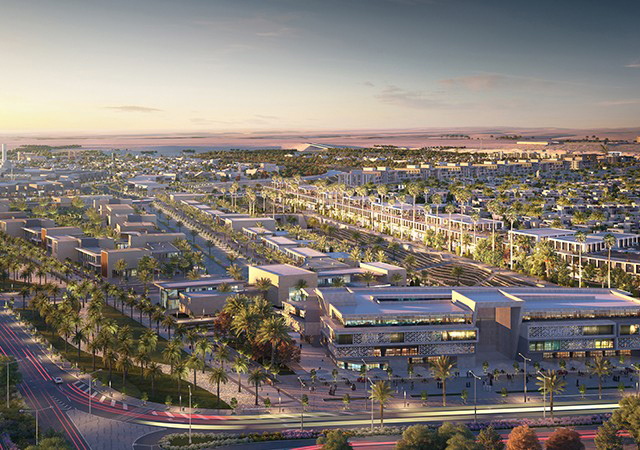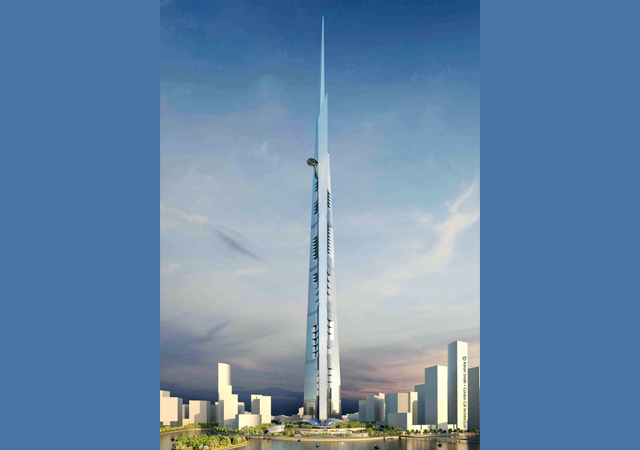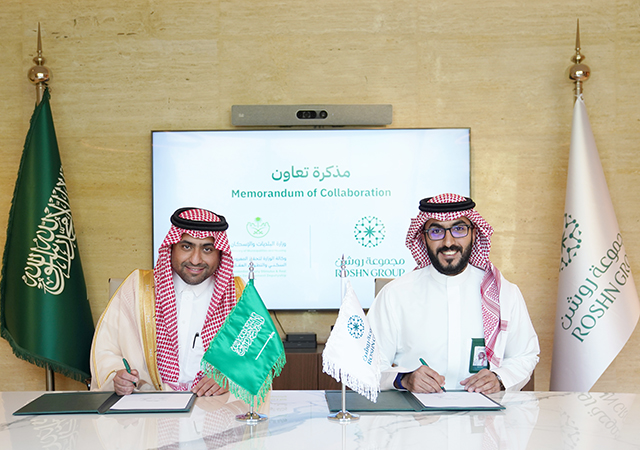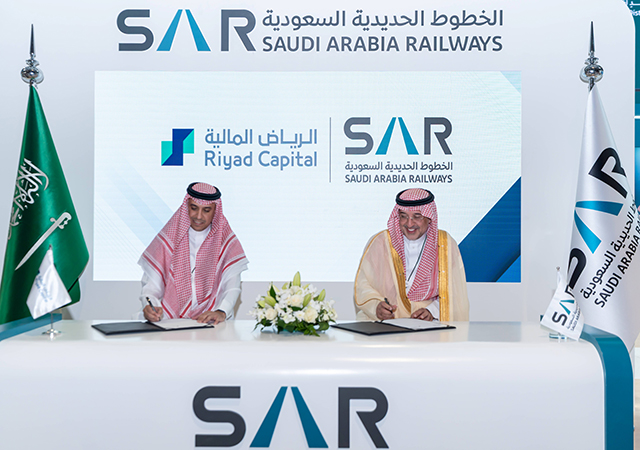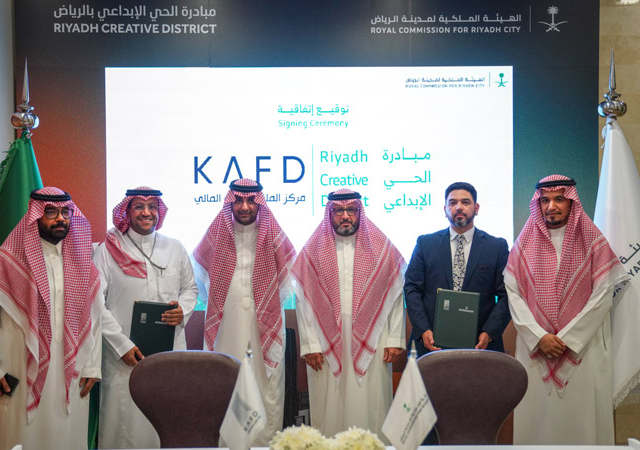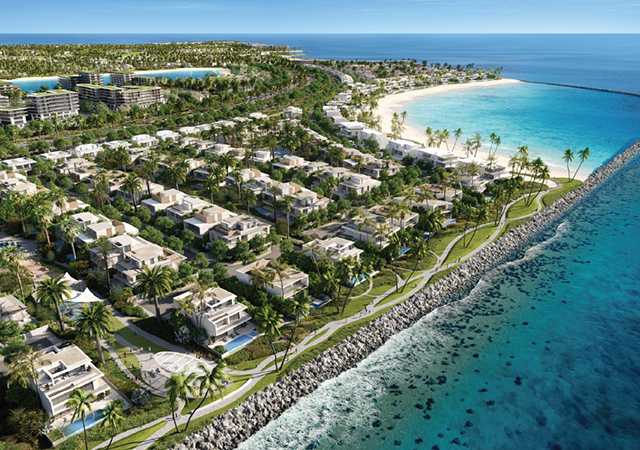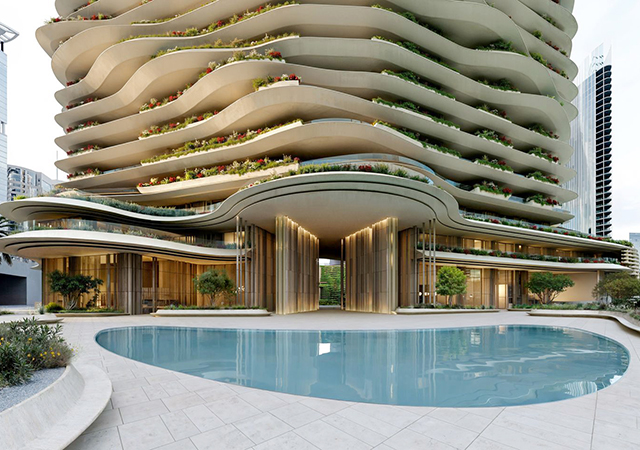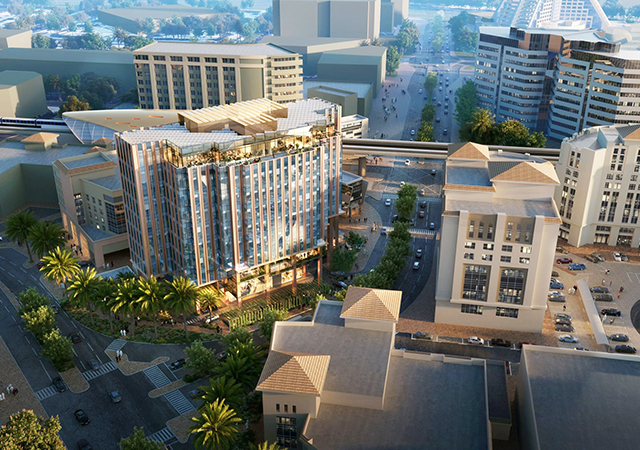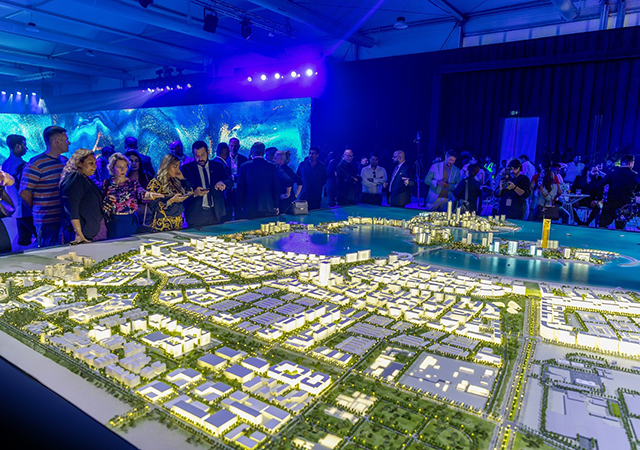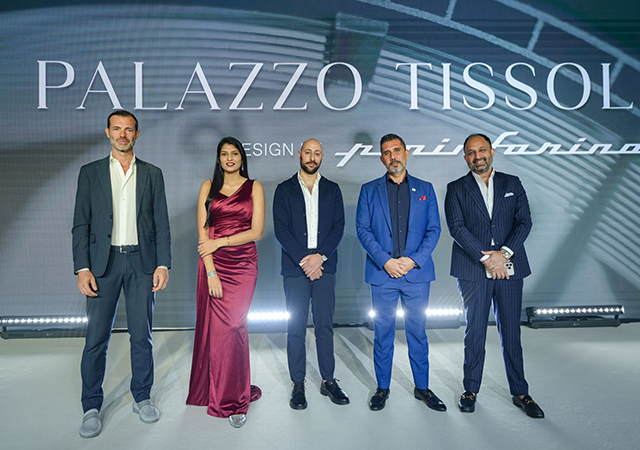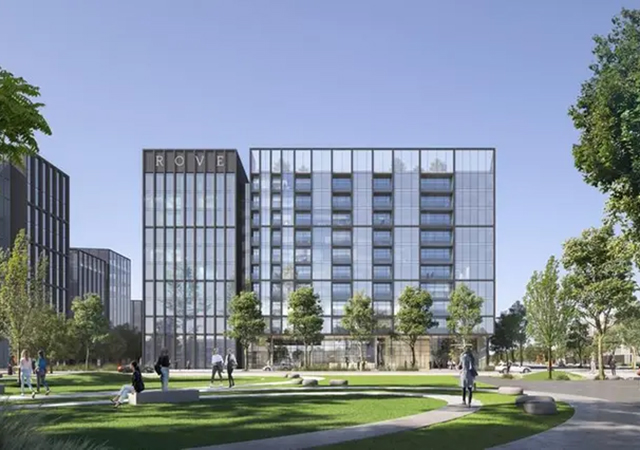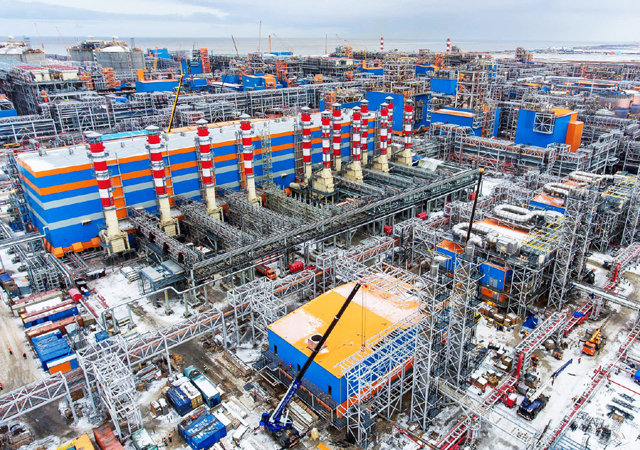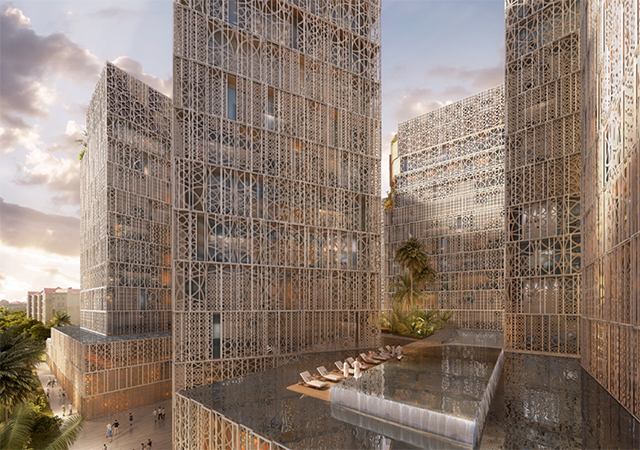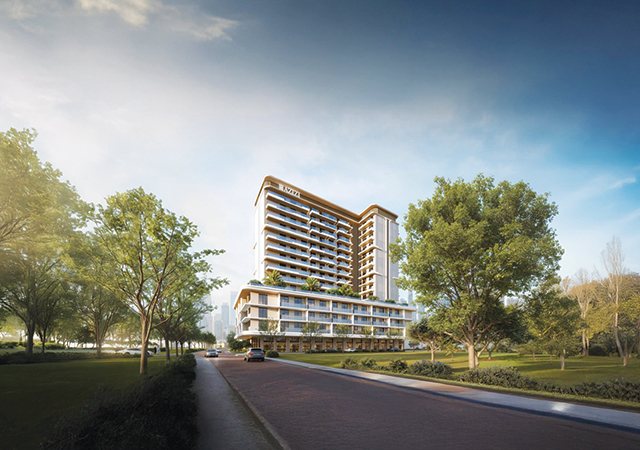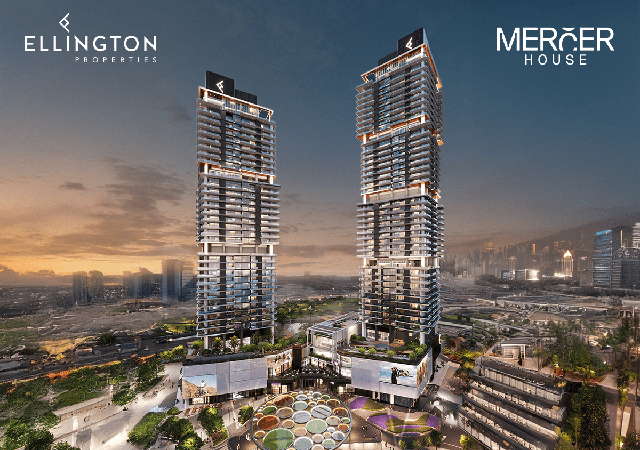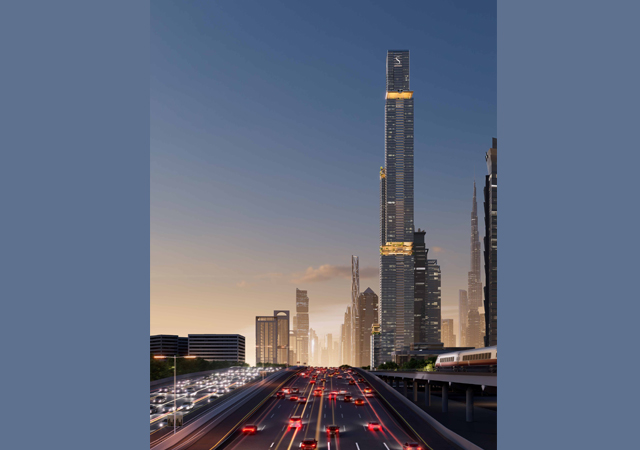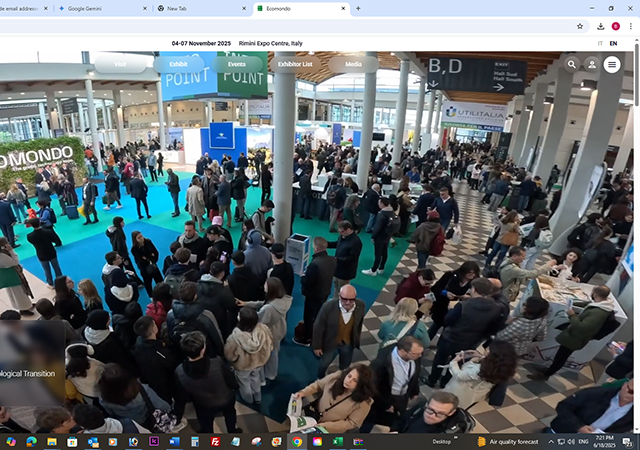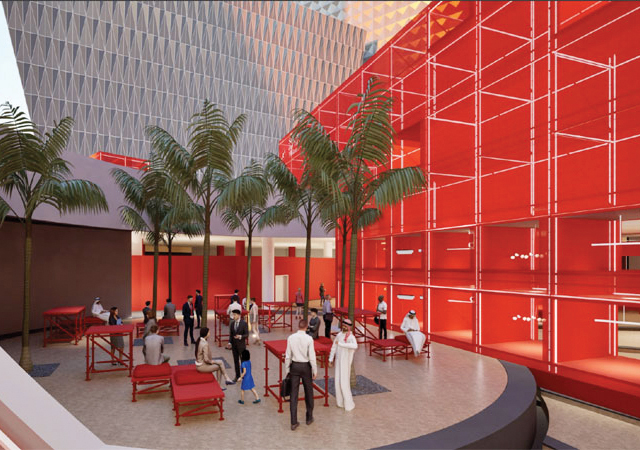 One of Foibos’ creations.
One of Foibos’ creations.
Foibos Middle East – which set up its office in Bahrain a year ago combining the creativity of its parent light-designing firm with the centuries-old glassmaking expertise of Preciosa – looks set to clinch some of the high-profile projects in the region that demand an exclusive selection of chandeliers and lighting fittings.
The Foibos-Preciosa team aims to provide fittings and glass sculptures that are “not just a light… and not just a glass” but a unique combination of the two, ensuring class, quality and exclusivity, says Foibos Middle East’s regional manager Milan Spiller.
Backed by numerous references in all continents, Foibos Middle East offers interior designers, architects, consultants, hotel managers and other prestigious clients customised and turnkey lighting contracting solutions through its one-stop shop service.
“We are well aware of the importance placed on timely completion of contracts, hence we accord high priority to speed and reliability in any project,” he adds.
Foibos counts among its projects some of the most luxurious palaces in the region, as well as landmarks such as the Kingdom Centre in Riyadh and recently-opened Emirates Palace Hotel in Abu Dhabi.
Worldwide, the company has several high-profile projects to its credit spanning the globe, right from a number of Ritz-Carlton Hotels in the US and the Royal Palace in Denmark, to the Taj Krishna in India and the Shangri-La hotel in Beijing, China.
“The Emirates Palace hotel is not just a single hotel but an entire hotel complex that contains public areas and a conference centre, along with diplomatic and private areas,” explains Miller. “Preciosa was awarded the lion’s share of the lighting contract: almost 900 chandeliers and decorative light fittings for the most prestigious areas of the hotel, the 20th floor – which includes a reception room for rulers and ministers, a VVIP reception room and the main lobby; the 27th and the 34th floors – which house the ministerial suites and the main lobby and the 41st floor – which accommodates a conference room, dining rooms and suites for the rulers.”
Foibos was set in the Czech Republic in 1991 and today boasts offices in Hong Kong and Shanghai, apart from Bahrain, and expects to open its Moscow office shortly. The company is also a manufacturer and supplier of art-glass sculptures/objects.
Preciosa – which has almost three centuries of chandelier-making expertise gained in Northern Bohemia – offers lighting fixtures that harmoniously combine old glassmaking traditions with modern techniques and high-tech technologies.
“It would be hard to find another company that possesses an archive of nearly 12,000 original crystal chandelier designs, 30 varieties of glass and 20 different kinds of metal surface finishes with unique patina, to suit the client’s demand,” says Spiller.
Elaborating on the rich history behind the company, he says: “Czechoslovak glass is internationally acknowledged by experts and collectors because of its artistic quality, know-how, creativeness, uniqueness of shape, colour, and technique of processing.
“By the early 16th century, the former Kingdom of Bohemia had over a 100 glassworks and skilled glassblowers there began to discover ways of shaping glass into aesthetically-pleasing shapes. The world’s first machinery for cutting crystal was invented in the middle of 18th century and soon Bohemian crystal chandeliers from a small village called Kamenicky Senov were taking European palaces, churches and salons by storm. Raw material from the north Bohemian mountains was even exported to Venice where local glassmakers attempted to unlock its secret, but without success.”
Enriched by this experience and expertise, Preciosa is building on its reputation with new generations of craftsmanship and top-quality trimmings, he says.
 |
Precoisa's range of systems |
Precoisa claims to be one of the world’s largest and most traditional (since 1724) manufacturer of both classic and modern decorative light fittings. It offers one of the largest selections of decorative lighting fixtures in terms of style, size and number of models, Spiller adds. Chandeliers, pendants, wall, floor and table lamps are made of materials such as glass, crystal, cast brass and other metals, or alabaster glass.
“The uniqueness of our lighting fixtures is due to several factors. One of them is our self-sufficiency resulting from the vertical integration of our production, almost unseen anywhere else in today’s world. This means that unlike most of other manufacturers, we produce our light fittings entirely in-house, right from the design and component-making through to the finished product. Our highly skilled artisans mouth-blow the arms and frames of our crystal chandeliers, and sandcast the bodies and arms of our metal chandeliers. Since we generally don’t buy components from outside suppliers, almost all of the parts of our lighting fixtures are made by us.
“Finally, we use our own brilliant, machine cut 30 per cent lead (PbO) or the antique -looking, hand-cut lead-free crystal trimmings. Thus, we do not rely on the same quality and limited types and shapes of crystal trimmings that are available to other manufactuers, which again makes us unique,” Miller explains.
Glass sculptures
Foibos Middle East also offers glass sculptures produced by Foibos which include both large, custom-designed installations for public areas as well as smaller decorative glass objects for luxury interiors.
“We have a strong professional and creative team led by art director – Jiri Suhajek. Our approach to the hospitality and commercial and business centre projects is to work through interior designers/art consultants and directly with the developers and architects,” says Miller. “We supply galleries and boutique shops all over the world with glass objects for luxury homes. While our artisans use their skills and imagination to express themselves through their work, we always take into consideration not only the designer’s ideas, but also the requirements of our customers.”
“We also encourage contemporary modern interior designers to work with art designers to create something really extraordinary and progressive,” he adds.



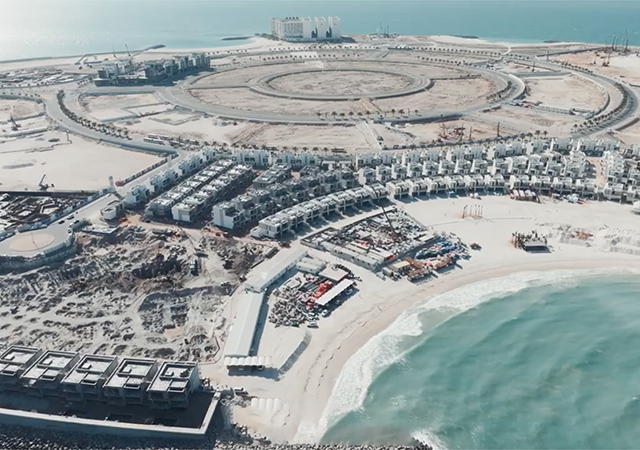


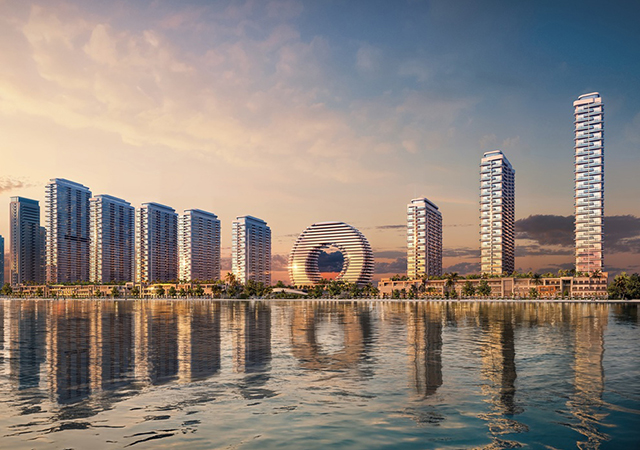
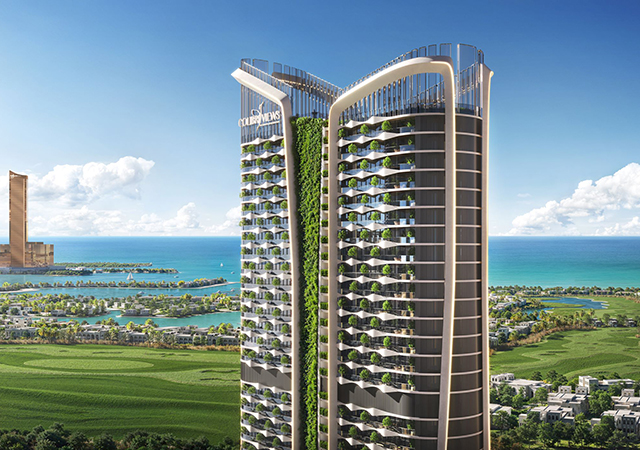
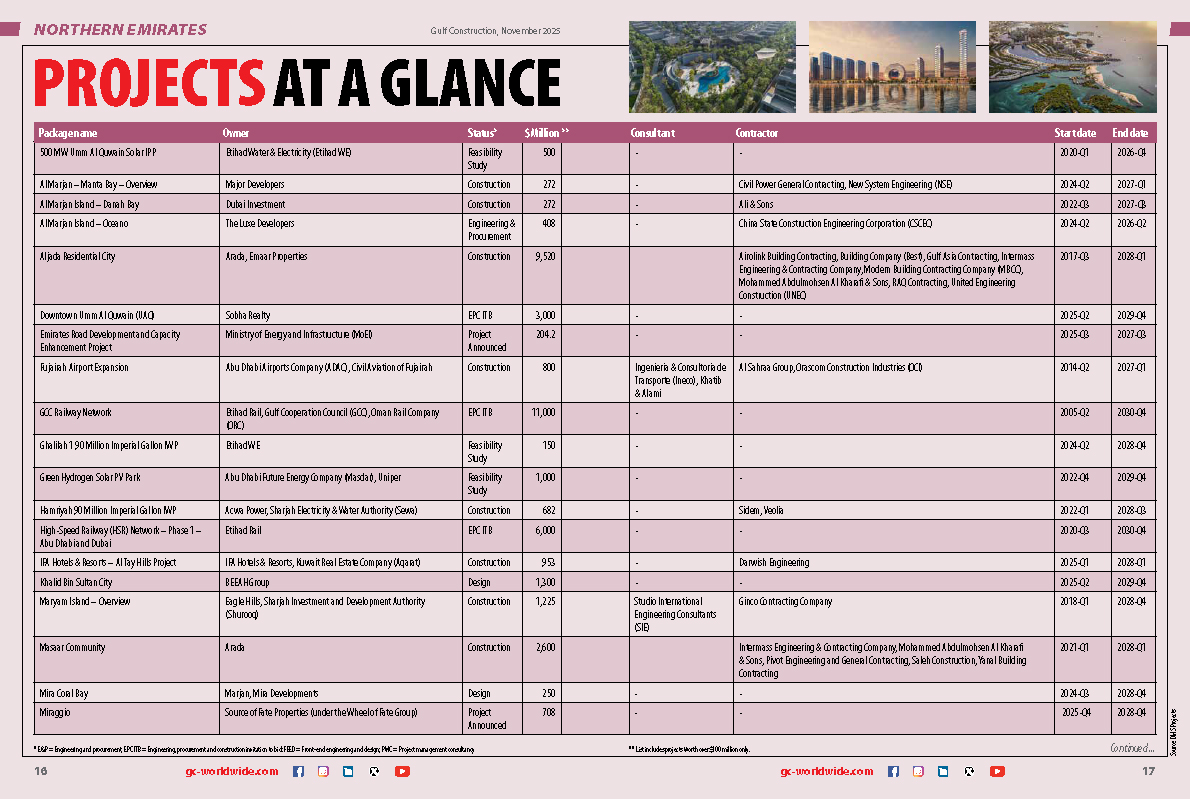

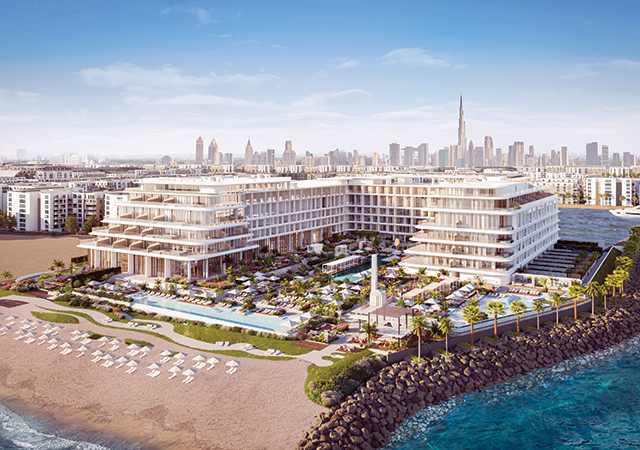
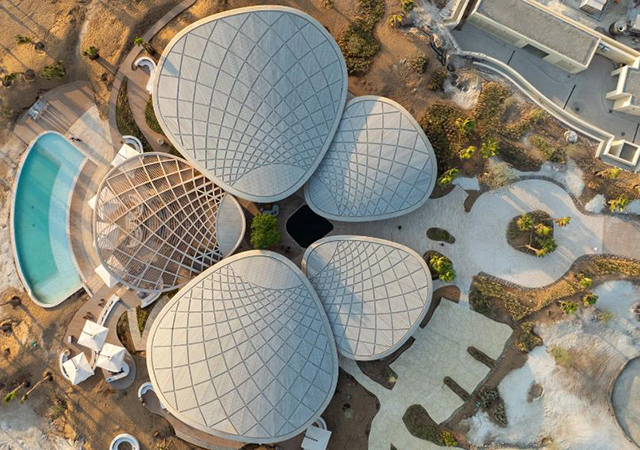

(5).jpg)


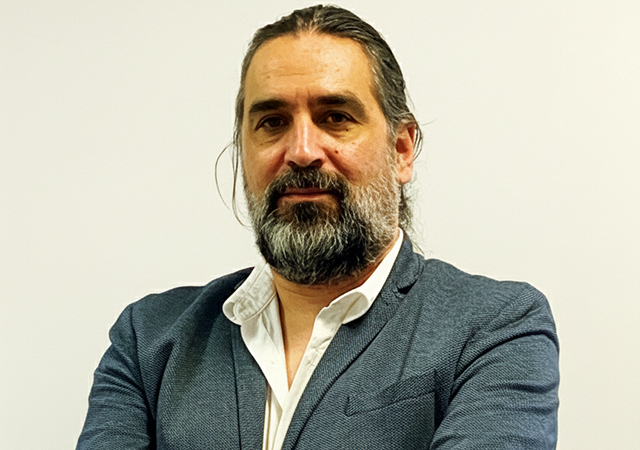
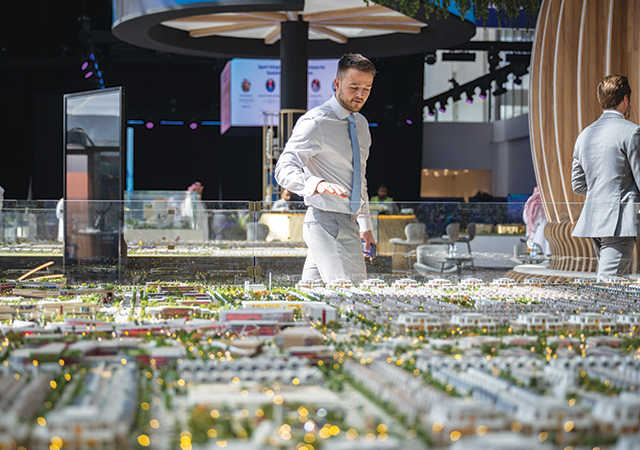
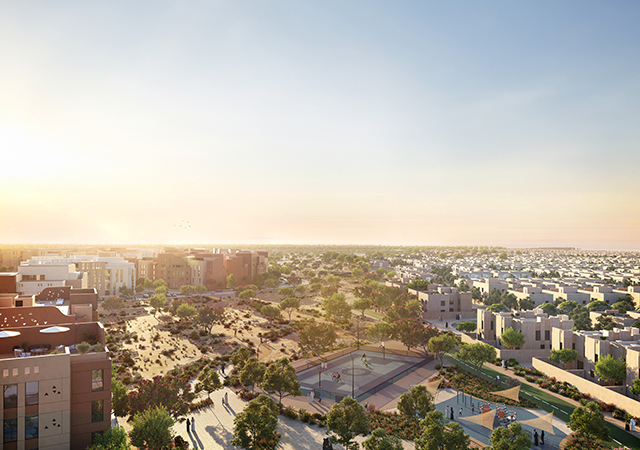
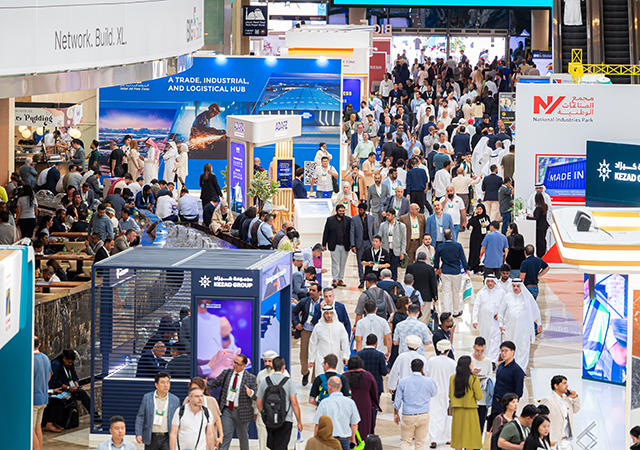
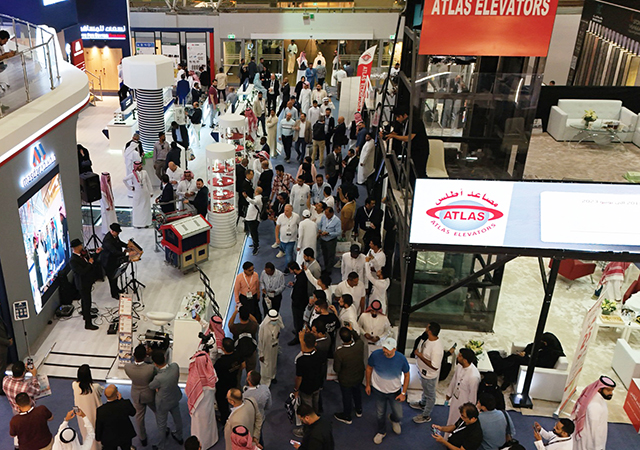

.jpg)





